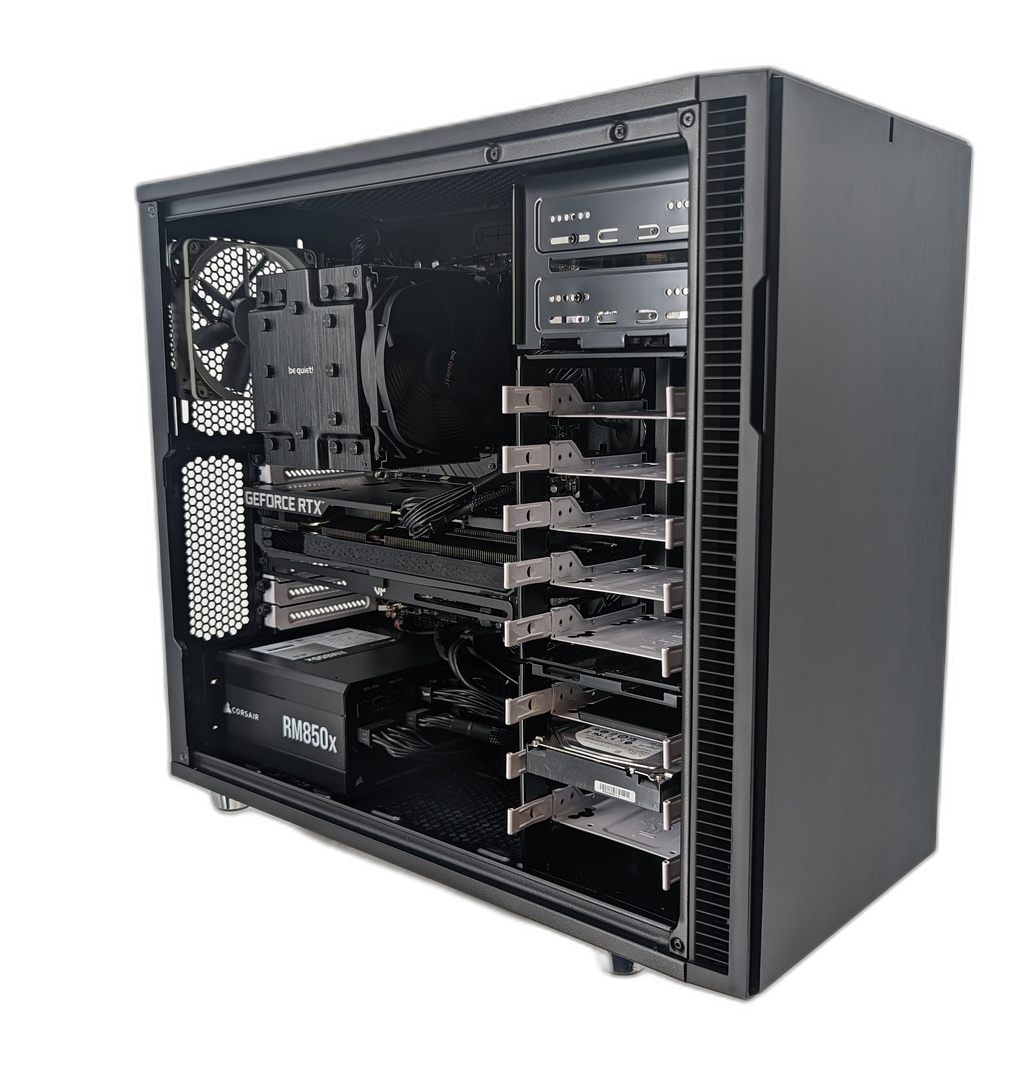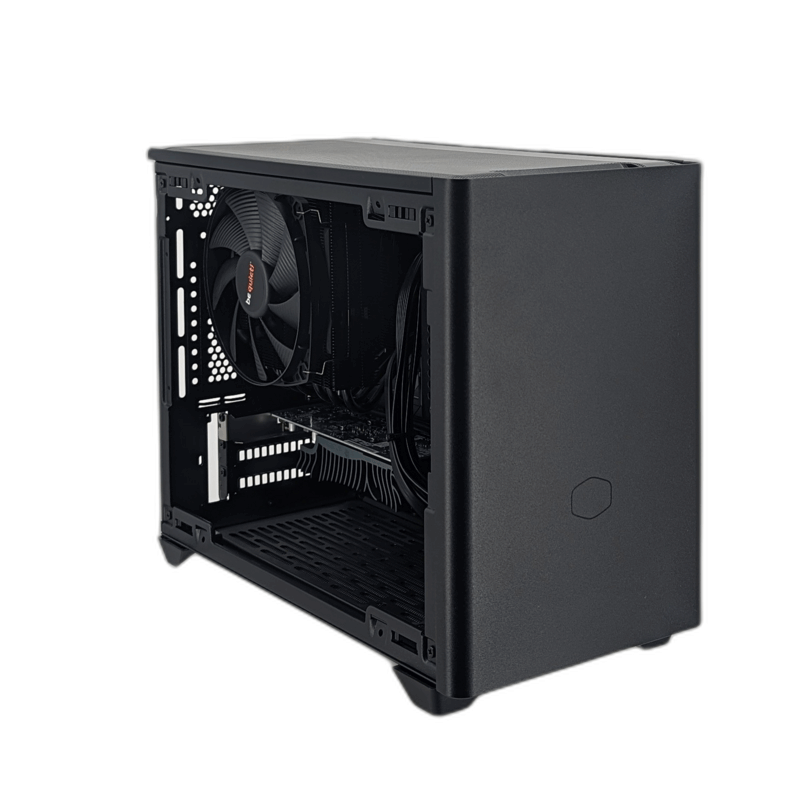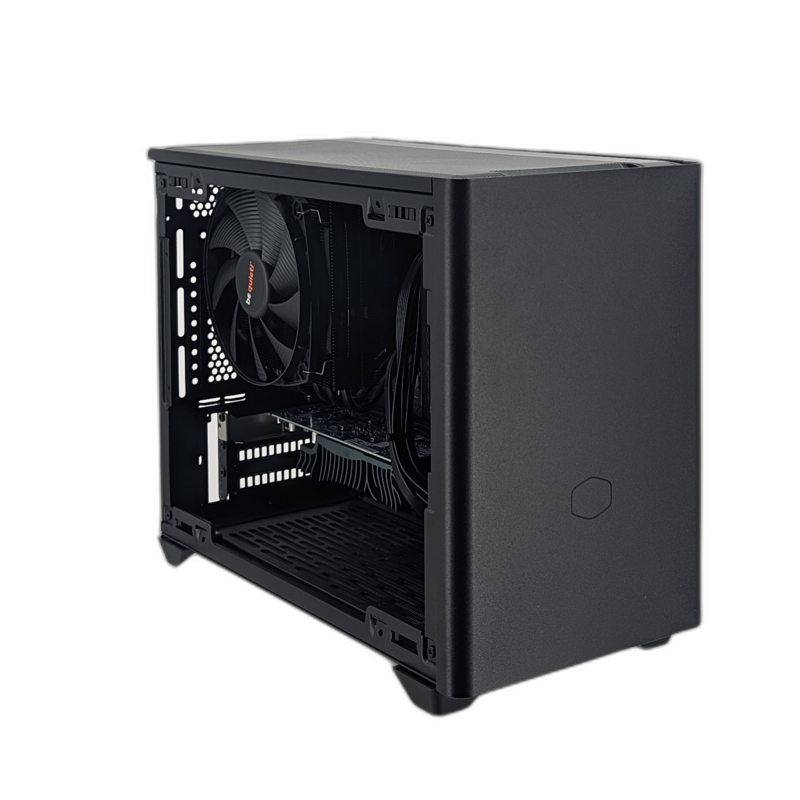Warning: Technology changes very quickly so it is always recommended that you look at the date when the article was last updated. If you have any questions feel free to contact us.
Article Date: 04-20-2014
Cooling The Silent PC
When it comes to cooling a typical, noisy PC, things are usually very simple. Most manufacturers just add in a few fast moving, noisy fans, to force enough air through the computer to keep it cool. Figuring out how to cool a silent PC can be fairly simple, as long as you start with the right cooling components, and a good plan.
It's all about balance...a balance between the airflow required, versus the noise generated by cooling fans. In general, a PC with higher temperatures will have to get noisier in order to stay cool, unless proper steps are taken to keep the PC both cool AND quiet. To help you figure out the best components and the best plan to cool a silent PC, we've put some advice together into one article.
#1 Monitor the Temperatures
An invaluable tool when building a Silent PC is your motherboard's hardware monitoring. Hardware monitoring allows you to know the temperatures of key components in your PC, like the CPU or Northbridge, so you can adjust fan speeds accordingly. Most motherboards come with a hardware monitoring program that can be accessed from your operating system so you can see your system temperatures while the PC is up and running under load. Most motherboards will have this hardware monitoring software included on the motherboard CD. However, if your particular motherboard does not have monitoring software, or you can't find it, HWmonitor is a very good generic PC monitoring tool as well.
#2 Create a Silent Wind Tunnel In Your Silent PC
Make sure the PC is getting a good supply of cool airflow going through the machine over any of the hotter components.
Using the diagram, you can see how we typically set up the airflow in a Silent PC, with the cool air coming from the intake fan at the front of the case, flowing over the components to cool them off, and then exhausting the hot air out the back of your machine.
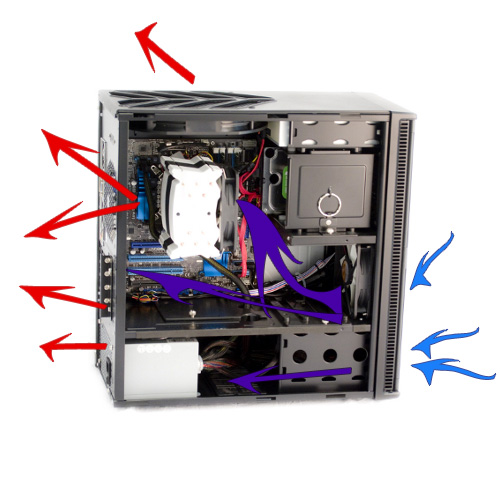
Using vented slot covers and leaving open slots or drive bays next to components that tend to run hotter is an excellent way to reduce heat build up inside a Silent PC. Having a few open ventilation slots next to a video card will allow cool air to run past your video card heatsink, and exhaust hot air out of the back or top of your machine.
Choosing the placement of the silent case fan in the Silent PC is a balance. Placing an intake fan at the very front of the case can lead to a slightly more noticeable noise level. So, you might choose to instead place your fan in the back of your PC case, close to a video card or memory module. This cooling scenario is going to reduce your noise level, and get more direct cooling to your video card.
#3 Silent PCs Need Adequate Heatsinks
Using the fans that come with your case, or using your stock CPU cooler will not work if you are trying to make your PC silent, and unfortunately simply slowing down your stock components will not work either, as they will overheat with a slower moving fan. Large aftermarket heatsinks help solve this issue. Large aftermarket heatsinks help solve this issue.
#4 Use High Quality Thermal Compound
An important component of superior cooling of the Silent PC is the use of high quality thermal compound when attaching heatsinks. For improved CPU cooling and performance, we recommend Arctic Silver 5, which alone can drop your CPU temperature from 3-12 degrees Celsius when switching from standard thermal compound. Since creating a silent PC involves using large, efficient heatsinks and silent, slow-moving fans as your only source of cooling, proper installation of your CPU cooler and the use of high-quality thermal compound is imperative.
#5 Organize Your Cables For a Cooler PC
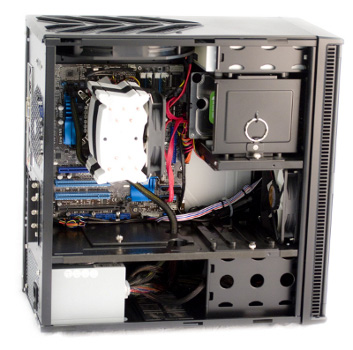
When building a Silent PC, make sure all wires and cables are routed and bunched out of the way so as to not block airflow. Use velcro cable ties or standard zip-ties to bunch cables out of the path of the airflow.
#6 Keep Dust To a Minimum
Dust buildup is one of the most common things that can lead to overheating, lack of quality airflow, and eventually, component failure in a PC. When dust begins to build up over components, it starts to act like an insulating barrier, keeping the heat locked in close to the electronic components, which causes increased damage over time. Since the level of airflow in a Silent PC is lower, it is is even more important to take your PC outside periodically, open it up and blow out the built up dust using a compressed can of air specifically made for electronics, like Dust-off.
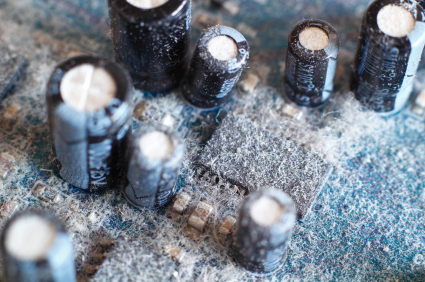
Electronics duster air (canned air) is the easiest and safest way to clean dust out of a computer. Using a vacuum can sometimes cause a static build-up and can lead to a static shock, possibly causing one or more of your components to fail. Air compressors often times have moisture in them that can cause damage to components as well. A monthly cleaning is going to be the best way to remove excess dust from the inside of your machine, and will keep your Silent PC running for as long as possible.
The use of dust filters can help keep dust build-up to a minimum, but have both positive and negative effects on PC performance. The obvious reason for using dust filters are that they keep dust from entering the PC. Unfortunately, dust filters don't filter out 100% of the dust and will, eventually, like the rest of your computer, need to be cleaned of dust build-up to keep running smoothly. Dust filters will help keep your machine clean for a longer period of time and if you live in a dusty environment, then we definitely recommended them to you.
The downside of using dust filters is that they will impede the movement of air. With reduced airflow, you will get slightly hotter components (everything else being equal), versus PCs that don't use dust filters. In the end, the use of dust filters needs to be determined by how much dust is in your area, and how hot the components that you're using are getting. A lower end machine will usually have minimal problems using dust filters since the machine is not likely going to overheat. A high end gaming machine will have a larger amount of heat in the first place, and overheating is much more likely.
#7 Find a Cool Place For Your Hard Drive
Try and leave a bay next to your hard drive open to allow for better airflow and better cooling around these heat producing components, or else use an SSD that produces very little heat and makes no noise.
#8 Choose Quiet Video Card Options
Choose a fanless video card with an adequate heatsink, or else choose a silent aftermarket video heatsink.
Adding an aftermarket video cooler is only encouraged if you cannot find a fanless version of your specific card. Typically, higher-end cards don't have fanless models available. In general, we recommend using a video card that is sold as fanless straight from the manufacturer, that way you don't have to void the manufacturer's warranty. At this point, most of the lower-end to medium-range video cards have special fanless versions available on the market.
Some of the benefits of using an aftermarket cooler on a video card are that the replacement cooler is usually going to be a larger heatsink compared to the stock cooler, so they are able to run much quieter because they are much more efficient at cooling. They can use slower fans without overheating since the larger heatsink is going to increase the amount of heat dissipation from the GPU and other hot areas of the card, improving the overall quietness, performance, and temperature of the video card.
#9 Consider a Memory Heatsink
Memory heatsinks are going to greatly increase the amount of heat that gets moved away from memory sticks themselves. Normally, memory modules don't produce that much heat by on their own, but, a significant amount of heat can be generated by multiple sticks of memory together or registered memory modules.
#10 Choose the Quietest PC Parts
Silent Hard Drives
By choosing the best quality silent PC parts you can afford, your system will be quieter to begin with without overheating components.
Use a silent hard drive, or preferably an SSD (Solid State Disk). An SSD drive produces little noticeable heat and no noise. This can be accomplished because there are no moving parts inside of the device. Because everything is solid state, a significant boost in performance is always expected over a standard mechanical drive.
Silent Case Fans
In most standard computer cases, the manufacturer will simply include a noisy high RPM fan that moves a lot of air. When we build a quiet PC, End PC Noise typically will replace the stock fans with appropriate quiet fans. Because quiet case fans move less air individually than standard fans you may have to add in an extra case fan to make up for the reduced airflow in order to keep the noise level down and still cool the case properly.
Quiet Power Supplies
Every single power supply we carry has been selected for its quality. Our quiet power supplies are so quiet, that, properly installed, you will have to put your ear up to your power supply to even hear that it is on. Each power supply has been chosen because it is extremely quiet, stable, and reliable. Our quiet power supplies are not only truly silent, but provide for ample airflow and long lasting life.
